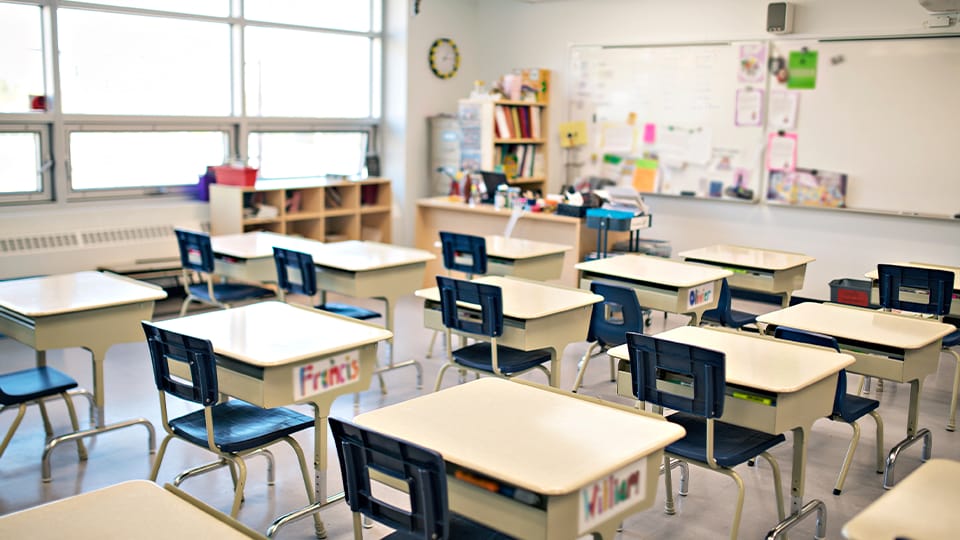Participation in voucher-like education choice programs soars in Indiana
Subscriber Benefit
As a subscriber you can listen to articles at work, in the car, or while you work out. Subscribe Now
Months after lawmakers loosened certain rules, two programs that provide students with state funding for education outside of their schools saw spikes in enrollment for the 2024-25 school year.
The Education Scholarship Account (ESA) and Career Scholarship Account (CSA) programs have each reached maximum enrollment for the first time ahead of their application deadlines, according to the Indiana treasurer’s office, which administers both programs.
The surging participation mirrors the growing popularity of Indiana’s private school voucher program, and underscores the state’s willingness to loosen rules or restrictions that could be barriers to education choice. Last year, lawmakers relaxed eligibility requirements for the voucher program to include most students in Indiana.
The CSA program, which gives students in grades 10-12 grants of $5,000 for career training with outside employers, saw a 700% spike in participation, from around 200 students in 2023 to 1,900 students in 2024-25. Its deadline was Oct. 1, but the program is now full.
The state established the CSA program in 2023. Students can use the funds for career and technical education, certain apprenticeship programs, or the Indiana College Core provided by an approved organization. In its first year, lawmakers anticipated 1,000 students would participate, but 234 did.
This year, lawmakers expanded the allowed uses for CSA funds to include transportation required for students to access job-training opportunities — up to $1,000 toward the costs of obtaining a driver’s license and up to $625 for other transportation costs. Lawmakers said transportation barriers hindered students who wanted work experience.
It’s not clear how many of this year’s students might be using the accounts for transportation or driver’s license costs. The treasurer’s office would not say how much has been allocated to each private employer or other organization participating in the program.
Meanwhile, the number of students cleared to participate in the ESA program, which provides money for students with disabilities to access services outside their schools, rose by 55% over last year. The program’s application deadline was Sept. 1, but it reached capacity on Aug. 27.
This year, 706 students with disabilities have been approved for the program, as well as 156 of their siblings who do not have disabilities but are allowed to participate under an amendment to the law approved this year. In 2023, 557 students were approved for an ESA and 540 participated in the program, according to the Department of Education.
The ESA program has a waiting list of 599 students with disabilities this year, as well as 31 siblings. To participate, students must meet income eligibility requirements, which are 400% of the Federal Free or Reduced School Meals limit.
Each program had a $10 million allocation. For each allocation, 5% is spent on the administration of the program.
While proponents say the state’s education choice programs provide students and their families with crucial opportunities they could otherwise not afford, critics say the programs divert money from public schools and frequently lack transparency.
Some state leaders have hinted they might replace the three disparate programs with a single track that would allow parents to purchase classes and lessons a la carte.
Chalkbeat is a not-for-profit news site covering educational change in public schools.
